When you are starting out in music production, you often start by finding out about your favorite producers, and trying to figure out what DAW (Digital Audio Workstation) they use in their music. Or maybe you’ve been binge watching YouTube videos on beat making, and have come across FL Studio.
But when you look into it, you see that it can range in price from $99 up to $799, and you’re wondering why it is so expensive?
So if you’ve found yourself in that situation you might be wondering:
Are there any good FL Studio Alternatives?
Some of the most common alternatives to the FL Studio DAW are Ableton Live, Pro Tools, Steinberg’s Cubase, Presonus’ Studio One, Reaper, Logic Pro X, and Reason. If you want an open source alternative to FL Studio, then LMMS is available to use. But each of these choices has their advantages and weaknesses.
Ableton

This DAW is one of the newcomers to the game, but is quickly making its way to the top of the stack as a DAW of choice.
It was started with a focus on live performance, being able to integrate software in a live setting, and most people think that the DAW is heavily focused there, but it really is a very versatile software.
You can use it in the studio just as well as you can use it on the stage.
I am personally starting to dig more into this software, both for studio uses as well as stage. I’m excited by what this program can do, and I’ve only begun to scratch the surface. The software itself has different versions that you can purchase, Ableton Lite, Ableton Standard, and Ableton Suite.
I purchased the Standard version, but am already looking at upgrading to the Suite version, so that I can have access to the rest of the instruments, effects and features that the Standard version is lacking. Specifically the Amp sims, wavetable synth, and some other effects that don’t come as part of the Standard version.
In all honesty, I think that the Suite version is probably the one that most people would benefit from, but it comes with a heftier price tag, weighing in at $749.
But again, this is not a huge price tag when you think about how versatile the program can be in both the studio and live applications. In my mind it essentially lets you more easily copy what you did in the studio when you get on stage. You can bring in lots of elements and effects that normally would have not been available to the average artist.
Logic Pro X
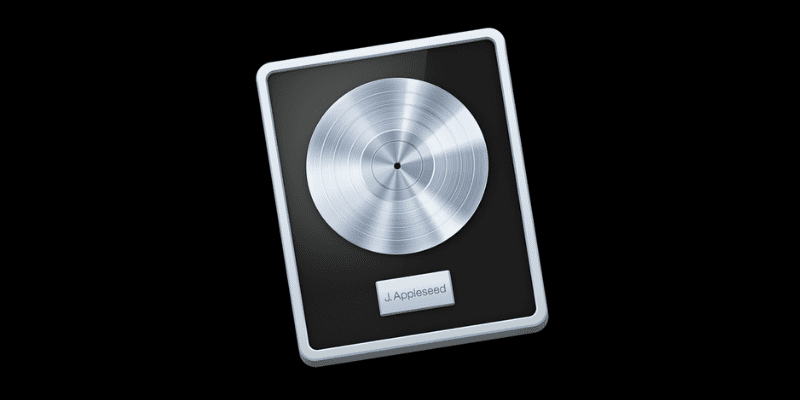
Logic Pro X is the Apple version of a DAW. It really is a much more professional version of Garageband.
The price of the DAW is about $199, which is pretty minimal when you consider all the things that come with the software. One drawback is obviously that this DAW is only for those who operate on a Mac. So if you are PC based, you can’t use this.
At one point I was working on Apple products as my main computer.
And I ended up getting the Logic Pro software. But about a month later, they released a new version of Logic Pro. And that meant that I had to stick with the version I had, or decide to eat the cost of upgrading to the latest version of the software.
That honestly made me super mad.
I was hoping there would be some sort of provision where if you had purchased Logic within the past month or two they would let you have the new version with a small fee or something, but instead, you had to choose to pay the $199, or not.
Now $199 is not a lot when you look at some of the other DAWs that are listed here, but when you just laid out $199 a month before, and have to do it again, it’s frustrating.
If you are an Apple person, and you intend to stay on Mac for the long haul, then I think it is a good DAW to work with. I personally didn’t love the software. I had some issues with the recording and automation part of it. I used it for a while, but ended up moving back towards FL Studio, because that was the workflow that I was familiar with.
Presonus Studio One
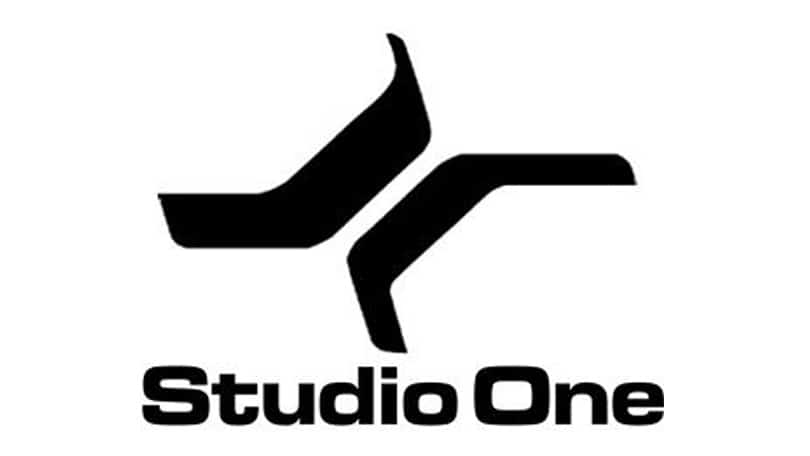
This is another company that is starting to embrace the SaaS model as well.
They have started to offer what they are calling Presonus Sphere.
This is an ecosystem of software for their company, and it gives you access to their popular programs Presonus Studio One Professional , and Presonus Notion.
The subscription model they run is currently at around $14.95 per month, which isn’t bad.
Alternatively you can still purchase a license for just the Studio One software.
They have two versions, one is Artist, the other is Professional.
The license for Artist comes in around $99.95, and the license for Professional is $399.95.
You should go through the comparison of Artist to Professional to see which version will give you all the things that you need to produce your own music.
I like Presonus as a company, and I have owned several of their audio interfaces over the years, but I’m not crazy about the direction that they are taking. To me it seems like they are really pressing towards an idea of an entire ecosystem where they want musicians to use Presonus gear, and their gear only.
I just don’t know that it is realistic to think that a musician is going to be completely Presonus and nothing else. I like to see companies that understand that creating a system as an artist is an entirely custom thing. And I want to be able to pick and choose the kinds of things I want to work with, and have it coordinate with other software and gear seamlessly.
Pro Tools

Everyone always says that Pro Tools is the industry standard. And I get it, it was the dominant software that was used in high caliber studios for a very long time.
But I feel like the landscape of professional music is changing fairly rapidly these days.
And I feel like the influence and pull that Pro Tools once had is starting to crumble a little bit.
And for good reason.
The entry fee to get a professional license for Pro Tools is $600. Then you have to pay that same amount every year after, to continue to have a license. Then on top of that, you have to use a special dongle in order to be able to access the software.
It’s complicated, it’s expensive, and honestly it doesn’t seem as relevant anymore.
It still holds a special place for people who grew up in professional studios as they were learning the craft of recording and mixing.
But the new breed of music seems less dependent on going in to high end studio, and more about getting the job done wherever you find yourself.
I’m not saying that I think studios are bad. Studios are amazing.
I’m just saying that I think that these days you don’t have to get inside a studio in order to get some pretty amazing results. Pro Tools is a high end software, but I think it might be a little overpriced at this point.
Cubase

Steinberg is one of the oldest companies on this list, and Cubase is their DAW.
When you look at the list of people that are using Cubase on a professional level, you have producers like Zedd who does EDM and pop, Hans Zimmer and Junkie XL who do film scoring, and a whole range of other producers, musicians, and artists that use the software.
They have a trial version that can be downloaded and used free for 30 days.
After that you can choose between the Cubase Pro, Cubase Artist, and Cubase Elements. I think that Cubase Pro would be the most beneficial level to get, which runs about $600.
Reason
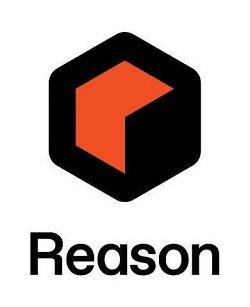
Something interesting about Reason is that they have recently moved in a new direction with their DAW, pushing themselves not only as a DAW, but as a plugin that works with other DAWs. Their new business model allows you to buy the program outright for about $400, or alternatively, you can subscribe to what they are calling Reason+, which is a subscription service that you pay $19.99 a month for.
I’ll be honest, I really don’t like the Software as a Service (SaaS) business model very much. It feels like every piece of software that you buy is turning towards this business model of a subscription based service.
But, if you have a limited budget, this might be the way to go. Because you can get into the program without a whole lot of upfront cost. The only downside to this is that in the long run, you probably will end up paying more.
At $19.99 per month, you are essentially paying $240 a year to use the software.
If you think about DAWS, they are usually releasing new versions every couple of years. Let’s say 3 years for this example.
That means that you are paying about $700 to lease Reason for 3 years.
You could purchase the software outright for $400, and it would probably last you for about 3 years.
I understand that budgets are tight, and people want solutions that give them access quickly and affordably. You just have to look at what you are paying in the long run.
Reaper

This DAW is one of the newcomers on the scene.
They have a very unique licensing structure. You can get a license for $60 if you meet certain criteria, like it’s for personal use, or business use so long as you don’t make over $20,000 from music. They also have a commercial license that is available for $225.
I have used some of the free plugins that they have, specifically Reaplug to do some audio routing for when I am shooting tutorial videos and have been very impressed and pleased with the experience of using those plugins from the makers of the software.
But I do not have any personal experience using Reaper.
To see someone that is using the software professionally, check out Hope Pole Studio’s Youtube channel. His video was the one that showed me how to set up my audio routing for when I do tutorial videos.
Digital Performer
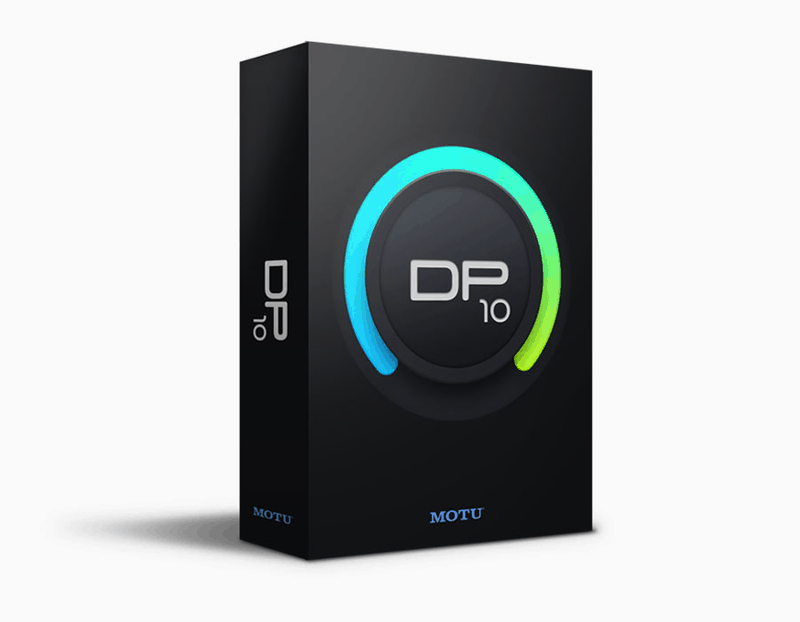
This DAW is the product of MOTU, the company that is very well known for the audio interfaces that they create.
As I dug into Digital Performer, it seems like they have stylized their DAW to be much more in line with the feel and operation of Ableton Live, having both a clip mode and a linear mode to work in.
MOTU is mostly known for their hardware, especially audio interfaces.
For me it’s hard to get past that distinction. Now I’ve never tried their software, but I just always think of them as a hardware company, not a software company.
The license for Digital Performer runs around $500.
Bitwig Studios
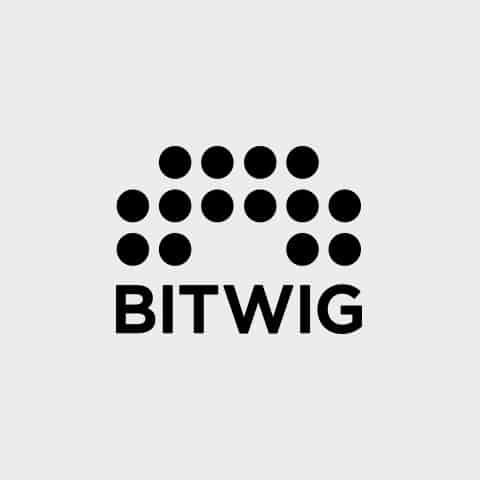
Again, this software is one that is a newer kid on the block.
It seems to model it’s interface to have similarity to Ableton Live, and most of what they cater to in their marketing seems to be those that enjoy modular synth kinds of applications.
There are two versions available:
- Bitwig Studio – 16 track – for $99
- Bitwig Studio – $399
I’m not too familiar with this program, so there’s not a lot I can say about it. To me though, it seems fairly expensive considering how new it is to the market. I would think they would have started at a lower price point to get people to try it.
Garageband
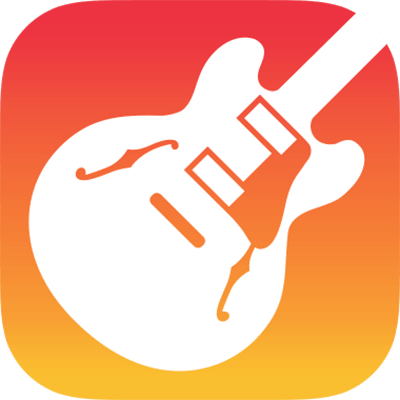
If you own a mac computer in any shape or form this is where you should start.
Garageband is not the most feature rich DAW, but if you are just getting started in music production, this free software will teach you the ropes of how to produce music. And if you get comfortable producing in this software then it should be a fairly easy switch over to Logic Pro.
They are setup in a very similar way, and Logic Pro is the next level up in terms of the features that are available to someone producing music on a Mac.
So if you are just starting out on a Mac, I would definitely recommend getting up and running on Garageband to start, and see if you enjoy music production, before you move into any other DAW that you would pay for.
LMMS
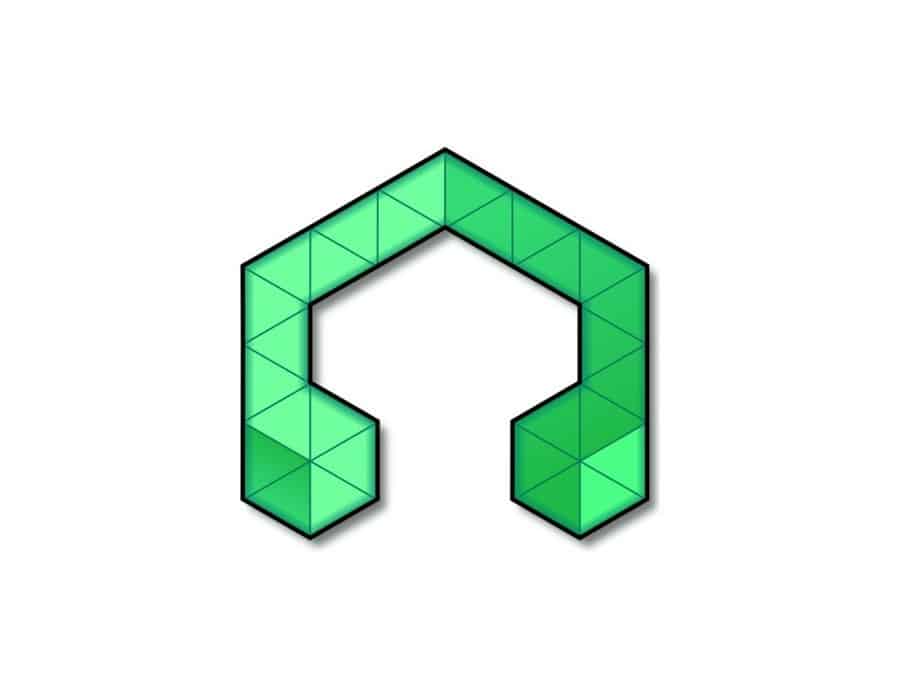
This DAW is another more recent addition to the music production scene. It is actually one of the only free, open source DAWs that are available for Mac, Linux and Windows.
So if you are looking for a free option for Windows or Linux machines, this is probably the software for you. BUT there is one giant caveat. Currently, LMMS does not allow you to record audio in the program. You can only bring audio into the program. So you would have to pair LMMS with another open source software like Audacity to do recording.
I’m not sure about the user experience on this software. I don’t know too many people who are using this as their software of choice, but for someone starting out that just wants to learn about music production and get experience, then this might be the software for you.
So How do I get Started in Music Production
So now that you have seen a list of possible options for DAWs, the next question you are probably asking yourself is how do I figure out music production.
This would be my recommendation:
- Pick 2-3 of the DAWs listed above
- Find 1-2 resources on YouTube where you can watch the music production process to see which one has a workflow that you like, or that is appealing to you (see the list below for some ideas).
- Download the trial version of the software you decide to use
- Find a good 30 minute to 1 hour long getting started video that shows you the basics of how to get started with the program.
- Work through that video in real time with the software you downloaded.
Then after working in the trial version for 30 days, you can decide if you want to purchase the full product or not.
Most of the trial versions will have some limitations that are part of the trial.
So be aware of what those limitations are so you don’t get frustrated.
An example of this is that the FL Studio trial version is set up like the producer level of the software, and you can do anything you can do in the licensed version, build out projects, record audio, use the plugins, and save the projects. BUT you can’t open up those projects again. So you can’t come back to a project you saved and were working on yesterday.
So again, make sure you know what the limitations are before you get started.
Here’s a list of channels that I would recommend to look into to help figure out if you like the workflow of the program
- Ableton – Andrew Huang , Beat Academy
- FL Studio – Simon Servida, Production Den
- Logic Pro – Wayne Wav, Valentina Bilanciera
- Pro Tools – Recording Revolution, Help me Devvon
- Cubase – Make Pop Music, Dom Sigalas
- Studio One – Joe Gilder – Home Studio Corner
- Reaper – Hop Pole Studio
- Reason – Thomas Foster
- Digital Performer – Thomas Foster
- Bitwig – Thomas Foster
- Garageband – The Songwriting Studio, Iamlxgend
- LMMS – feezo
So now that you are working towards picking out the DAW to work with, you might be wondering what kind of equipment you need in order to make songs at home.
If you want some suggestions on it, you can check out my free guide on the basics you need to set up a small studio in your home to produce songs as a songwriter or music producer.